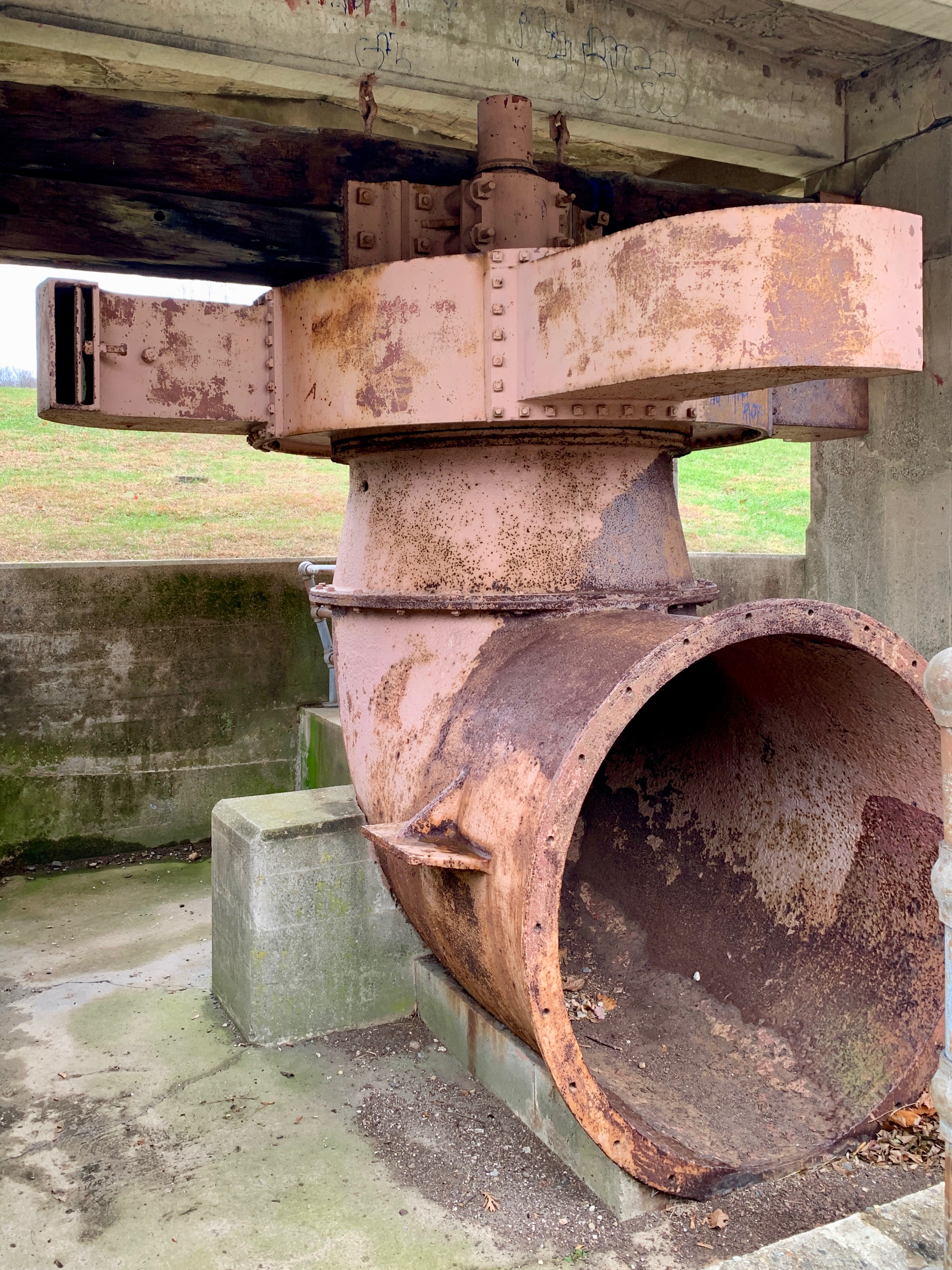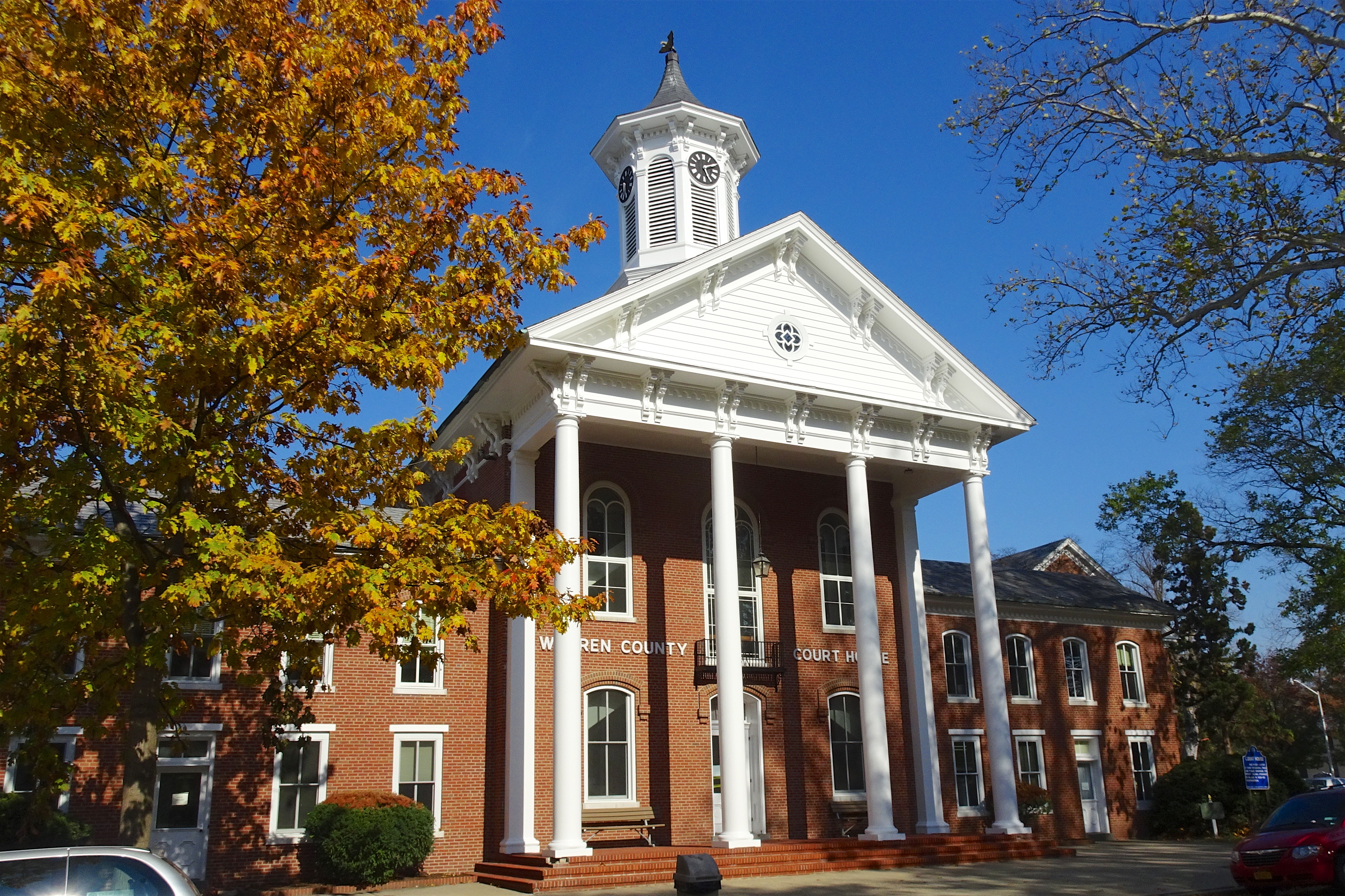|
Musconetcong River
The Musconetcong River is a tributary of the Delaware River in northwestern New Jersey in the United States.U.S. Geological Survey. National Hydrography Dataset high-resolution flowline dataThe National Map accessed April 1, 2011 It flows through the rural mountainous country of northwestern New Jersey. The name derives from the Lenape words ''moschakgeu'' meaning "clear" and ''hannek'' meaning "stream". Part of it is a National Wild and Scenic River. It rises out of Lake Hopatcong, on the border between the borough of Hopatcong in Sussex County and the township of Roxbury in Morris County. It flows through Lake Musconetcong, then flows southwest, past Stephensburg and New Hampton, passing south of Washington then along the southeastern side of the Pohatcong Mountain ridge. It joins the Delaware at Riegelsville, approximately 10 mi (16 km) south of Phillipsburg. The river does not flow through any large population center and has been the site of relatively lit ... [...More Info...] [...Related Items...] OR: [Wikipedia] [Google] [Baidu] |
Hopatcong State Park
Hopatcong State Park is a state park in the Landing section of Roxbury Township, New Jersey. Operated and maintained by the New Jersey Division of Parks and Forestry, the park consists of two parcels of land: one that encompasses Lake Hopatcong and some of its southwestern shore, and another that encompasses Lake Musconetcong about one mile to the west-southwest. The park contains remnants of Morris Canal, which operated from the 1830s to the 1920s and was largely fed by the lake. The park is also home to the Lake Hopatcong Historical Museum, housed in the former home of the lock tender and his family. Activities Swimming is permitted in the park from Memorial Day through Labor Day while lifeguards are on duty. Subject to NJDEP regulations, there is year-round fishing at Lake Hopatcong and Lake Musconetcong, which are stocked by New Jersey Division of Fish and Wildlife stocks them with brown trout, rainbow trout and brook trout. Commonly caught warmwater species include larg ... [...More Info...] [...Related Items...] OR: [Wikipedia] [Google] [Baidu] |
Washington, New Jersey
Washington is a Borough (New Jersey), borough in Warren County, New Jersey, Warren County, in the U.S. state of New Jersey. As of the 2010 United States census, the borough's population was 6,461,DP-1 - Profile of General Population and Housing Characteristics: 2010 for Washington borough, Warren County, New Jersey , United States Census Bureau. Accessed September 21, 2012.Profile of General Demographic Characteristics: 2010 for Washington borou ... [...More Info...] [...Related Items...] OR: [Wikipedia] [Google] [Baidu] |
Warren County, New Jersey
Warren County is a county located in the U.S. state of New Jersey. As of the 2020 U.S. census, the county's population was 109,632, representing an increase of 940 (0.9%) from the 108,692 residents counted at the 2010 census. The county borders the Delaware River and Easton, Pennsylvania in the Lehigh Valley to its west, the New York City metropolitan area to its east, and The Poconos to its northwest. Warren County is the only county in New Jersey which is not part of the combined statistical areas of New York City or Philadelphia. The most populous place is Phillipsburg, with 14,950 residents at the time of the 2010 census while Hardwick Township had both the largest area and the fewest people with 1,696 residents. Its county seat is Belvidere.New Jersey County Map , |
Ice Age
An ice age is a long period of reduction in the temperature of Earth's surface and atmosphere, resulting in the presence or expansion of continental and polar ice sheets and alpine glaciers. Earth's climate alternates between ice ages and greenhouse periods, during which there are no glaciers on the planet. Earth is currently in the Quaternary glaciation. Individual pulses of cold climate within an ice age are termed ''glacial periods'' (or, alternatively, ''glacials, glaciations, glacial stages, stadials, stades'', or colloquially, ''ice ages''), and intermittent warm periods within an ice age are called '' interglacials'' or ''interstadials''. In glaciology, ''ice age'' implies the presence of extensive ice sheets in both northern and southern hemispheres. By this definition, Earth is currently in an interglacial period—the Holocene. The amount of anthropogenic greenhouse gases emitted into Earth's oceans and atmosphere is predicted to prevent the next glacial period for th ... [...More Info...] [...Related Items...] OR: [Wikipedia] [Google] [Baidu] |
Silt
Silt is granular material of a size between sand and clay and composed mostly of broken grains of quartz. Silt may occur as a soil (often mixed with sand or clay) or as sediment mixed in suspension with water. Silt usually has a floury feel when dry, and lacks plasticity when wet. Silt also can be felt by the tongue as granular when placed on the front teeth (even when mixed with clay particles). Silt is a common material, making up 45% of average modern mud. It is found in many river deltas and as wind-deposited accumulations, particularly in central Asia, north China, and North America. It is produced in both very hot climates (through such processes as collisions of quartz grains in dust storms) and very cold climates (through such processes as glacial grinding of quartz grains.) Loess is soil rich in silt which makes up some of the most fertile agricultural land on Earth. However, silt is very vulnerable to erosion, and it has poor mechanical properties, making construction ... [...More Info...] [...Related Items...] OR: [Wikipedia] [Google] [Baidu] |
Rail Transport
Rail transport (also known as train transport) is a means of transport that transfers passengers and goods on wheeled vehicles running on rails, which are incorporated in tracks. In contrast to road transport, where the vehicles run on a prepared flat surface, rail vehicles ( rolling stock) are directionally guided by the tracks on which they run. Tracks usually consist of steel rails, installed on sleepers (ties) set in ballast, on which the rolling stock, usually fitted with metal wheels, moves. Other variations are also possible, such as "slab track", in which the rails are fastened to a concrete foundation resting on a prepared subsurface. Rolling stock in a rail transport system generally encounters lower frictional resistance than rubber-tyred road vehicles, so passenger and freight cars (carriages and wagons) can be coupled into longer trains. The operation is carried out by a railway company, providing transport between train stations or freight customer ... [...More Info...] [...Related Items...] OR: [Wikipedia] [Google] [Baidu] |
Coal
Coal is a combustible black or brownish-black sedimentary rock, formed as rock strata called coal seams. Coal is mostly carbon with variable amounts of other elements, chiefly hydrogen, sulfur, oxygen, and nitrogen. Coal is formed when dead plant matter decays into peat and is converted into coal by the heat and pressure of deep burial over millions of years. Vast deposits of coal originate in former wetlands called coal forests that covered much of the Earth's tropical land areas during the late Carboniferous ( Pennsylvanian) and Permian times. Many significant coal deposits are younger than this and originate from the Mesozoic and Cenozoic eras. Coal is used primarily as a fuel. While coal has been known and used for thousands of years, its usage was limited until the Industrial Revolution. With the invention of the steam engine, coal consumption increased. In 2020, coal supplied about a quarter of the world's primary energy and over a third of its electricity. Some iron ... [...More Info...] [...Related Items...] OR: [Wikipedia] [Google] [Baidu] |
Morris Canal
The Morris Canal (1829–1924) was a common carrier anthracite coal canal across northern New Jersey that connected the two industrial canals at Easton, Pennsylvania across the Delaware River from its western terminus at Phillipsburg, New Jersey to New York Harbor and New York City via its eastern terminals in Newark and on the Hudson River in Jersey City. The canal was sometimes called the Morris and Essex Canal, in error, due to confusion with the nearby and unrelated Morris and Essex Railroad. With a total elevation change of more than , the canal was considered an ingenious technological marvel for its use of water-driven inclined planes, the first in the United States, to cross the northern New Jersey hills. It was built primarily to move coal to industrializing eastern cities that had stripped their environs of wood. Completed to Newark in 1831, the canal was extended eastward to Jersey City between 1834 and 1836. In 1839, hot blast technology was married to blast furn ... [...More Info...] [...Related Items...] OR: [Wikipedia] [Google] [Baidu] |
Iron
Iron () is a chemical element with symbol Fe (from la, ferrum) and atomic number 26. It is a metal that belongs to the first transition series and group 8 of the periodic table. It is, by mass, the most common element on Earth, right in front of oxygen (32.1% and 30.1%, respectively), forming much of Earth's outer and inner core. It is the fourth most common element in the Earth's crust. In its metallic state, iron is rare in the Earth's crust, limited mainly to deposition by meteorites. Iron ores, by contrast, are among the most abundant in the Earth's crust, although extracting usable metal from them requires kilns or furnaces capable of reaching or higher, about higher than that required to smelt copper. Humans started to master that process in Eurasia during the 2nd millennium BCE and the use of iron tools and weapons began to displace copper alloys, in some regions, only around 1200 BCE. That event is considered the transition from the Bronze Age to the Iron A ... [...More Info...] [...Related Items...] OR: [Wikipedia] [Google] [Baidu] |
Charcoal
Charcoal is a lightweight black carbon residue produced by strongly heating wood (or other animal and plant materials) in minimal oxygen to remove all water and volatile constituents. In the traditional version of this pyrolysis process, called charcoal burning, often by forming a charcoal kiln, the heat is supplied by burning part of the starting material itself, with a limited supply of oxygen. The material can also be heated in a closed retort. Modern "charcoal" briquettes used for outdoor cooking may contain many other additives, e.g. coal. This process happens naturally when combustion is incomplete, and is sometimes used in radiocarbon dating. It also happens inadvertently while burning wood, as in a fireplace or wood stove. The visible flame in these is due to combustion of the volatile gases exuded as the wood turns into charcoal. The soot and smoke commonly given off by wood fires result from incomplete combustion of those volatiles. Charcoal burns at a higher temper ... [...More Info...] [...Related Items...] OR: [Wikipedia] [Google] [Baidu] |







